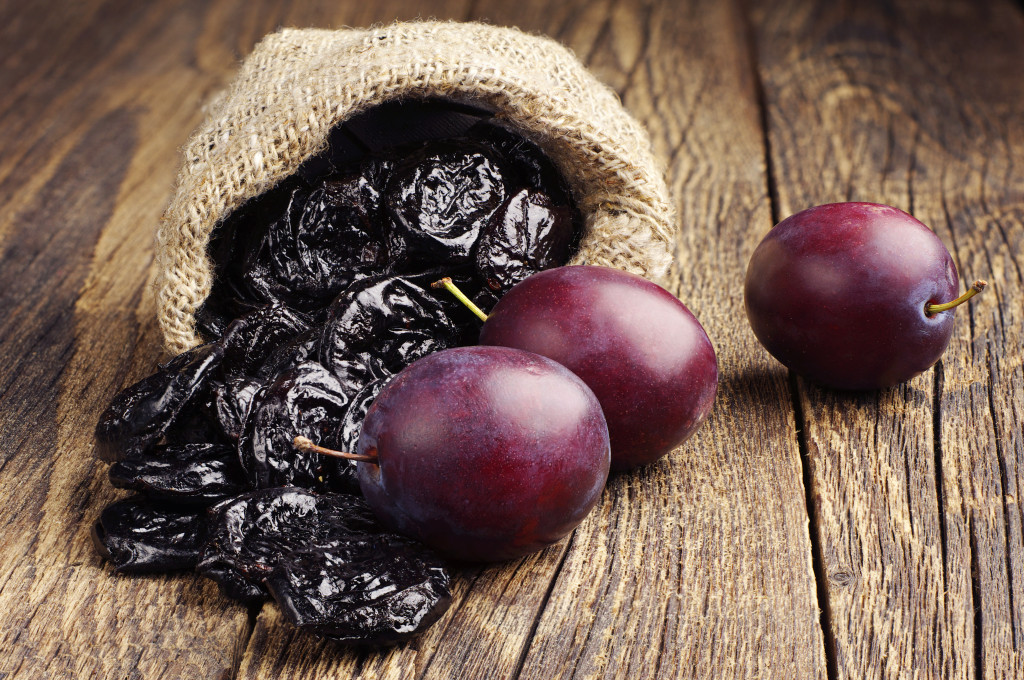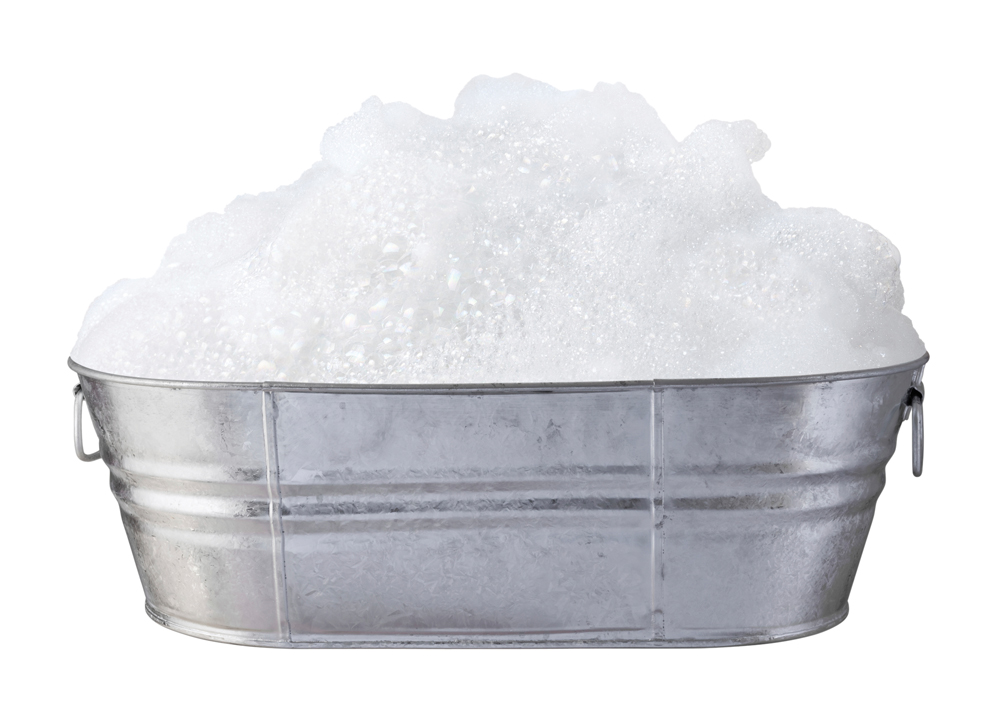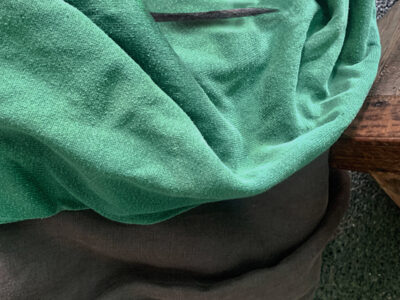Dry skin — anything from generally being acne-free to visible peeling or hypersensitivity — can be something you’re born with or develop over time. Like our muscles or heart, our skins change over time, depending on what we’re eating, where we’re living, how we’re taking care of it, and regular ol’ aging. Being so “out there,” the skin can react to things it’s exposed to, what’s applied to it, the weather and our overall health faster than any other body part. But if the skin is so flexible and strong (it’s our first line of defines against the world), why is it so…vulnerable? We asked a published dermatologist and dermatopathologist (specialists at diagnosing skin at the cellular level) to help us understand what makes dry skin, and how can we better take care of it, so it can take better care of us.
What Causes Dry Skin?
On why dry skin happens: Dry skin occurs primarily from the loss of two very important things: lipids (oils) and water.
The outermost layer of skin is the barrier layer and it is largely made up of oil (lipids: free fatty acids, ceramides) and water. In this oil and water mixture, the lipids regulate the skin’s water content. Healthy skin retains water well, keeping it hydrated, smooth, pliable and soft. When the skin loses the protective oils, transepidermal water loss (the loss of water through the skin) increases to many times more than normal. This begins a “snowballing” effect that eventually not only causes dry skin but continues to maintain dryness.
On how dry skin creates more dryness and other problems: The outer keratin layers need a concentration of water of 10-20% in order for them to maintain their integrity (healthy structure and function). When water loss occurs, skin cells curl upwards, shrink, scales develop, and cell volume decreases (imagine a grape shrinking and shriveling into a raisin from water loss). The decrease in cell volume leads to cells becoming inelastic. And when this happens fissures or cracks in the skin can occur, leading to inflammation and the inflow of cellular factors that disrupt skin integrity further.
Why Can Dry Skin Be More Prone to Irritations, Allergies and Skin Reactions?

When your skin is in this compromised condition, it allows the easier entry of ingredients that can produce an allergic or irritant reaction, and microorganisms that can cause infection — all of which also contribute to the state of dry skin being maintained. In this state, be extra careful about what you apply. A product you think will give you relief could instead, if it contains irritants, cause further damage and lead to increased dryness.
To counteract the conditions that predispose people to get dry skin, remember: it is crucial to maintain adequate oil and water in the barrier layer of your skin.
What To “Dew” To Prevent Dry Skin?
1. Don’t Find Yourself in Hot Water
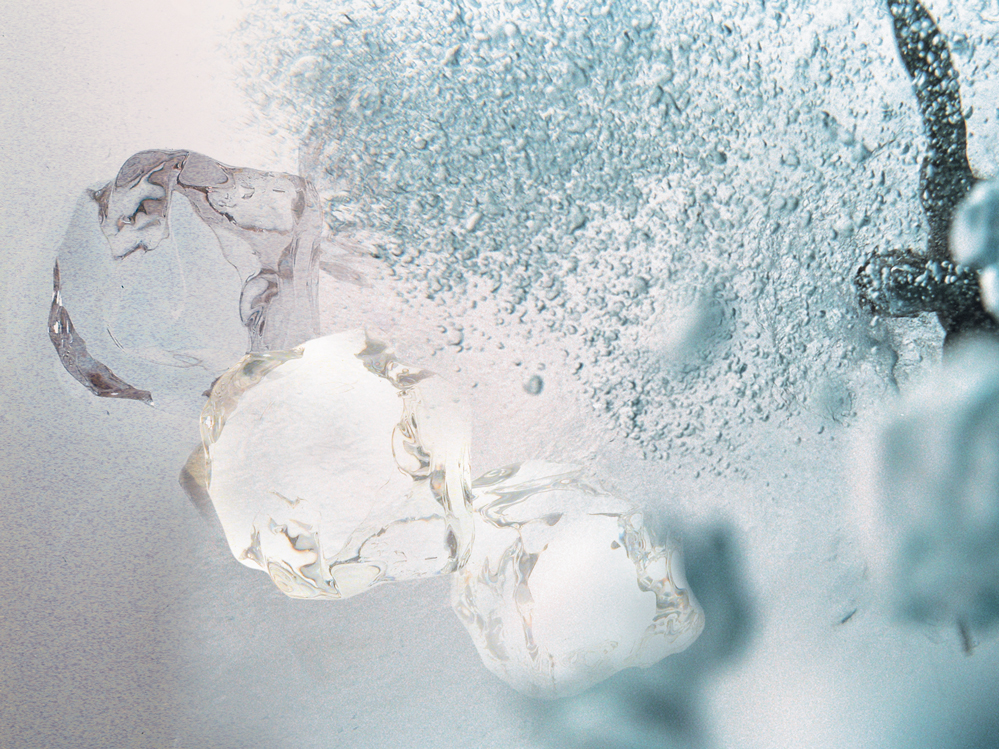
Hot water encourages the evaporation of water from the skin barrier. Keep water temperature tepid and take shorter showers.
2. Play Misty For Me

Cold air outside and warm air inside produces low humidity, made worse by central and forced-air heating. Air conditioning in the summer is drying,too. Some things you can do to help counteract this environment:
- Use a humidifier at home. In your bedroom, try to position it as near you as possible without compromising safety.
- In the summer, or if you live where it’s warmer, lower the strength of the AC.
- In offices with air conditioning year round, be extra conscientious about your skin care regimen.
- If you spend lots of time outdoors, remember that wind can be a formidable drying factor. Moisturize frequently.
3. Watch the pH
The skin’s pH is naturally more acidic, with a pH of 4-6.5. A skincare product with a high pH level tends to denature (destroys the characteristic or natural properties of) the skin’s proteins. Due to the way they’re made, solid bar soaps have higher pH levels (some going as high as 8 or 9) Use creamier cleansers instead of soaps. For hydration, use oils, moisturizers, and other products with a pH level adjusted to the skin’s normal pH of 4-6.5.
4. Think “Softly” — Not Squeaky — Clean
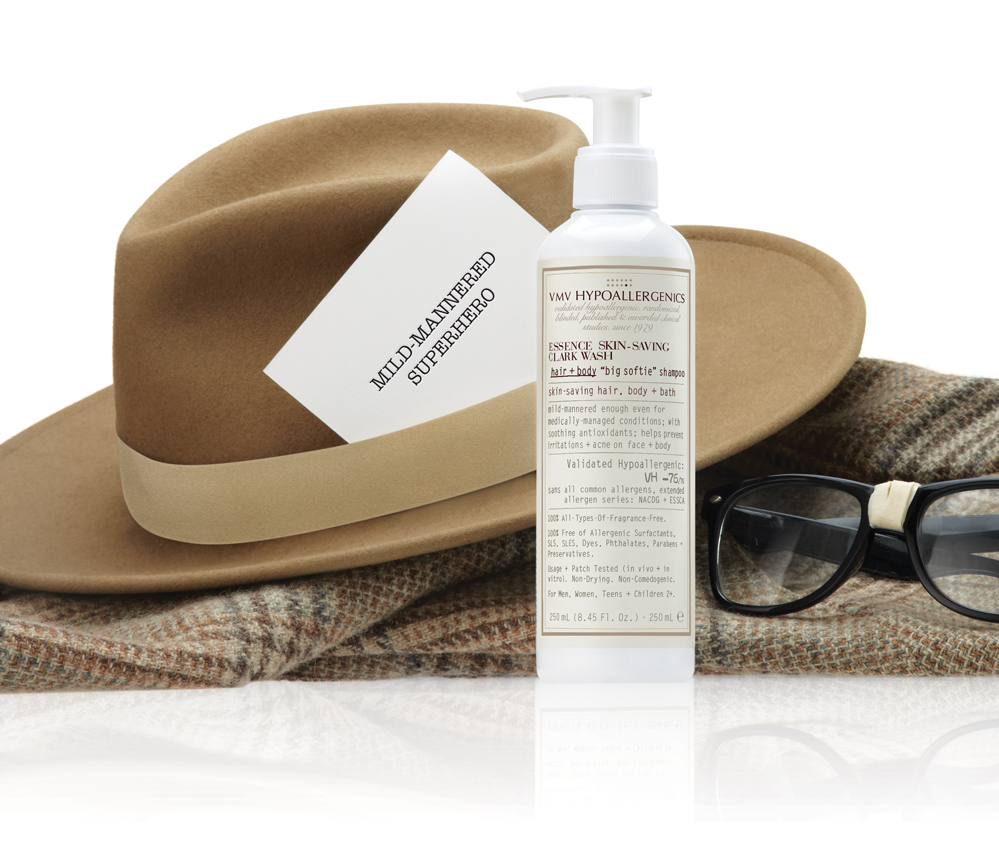
In cleaning products, it is the oil molecules that actually do the, um, dirty work, grabbing and trapping the dirt for rinsing away. But — arguably because of the association of a dry feel with cleanliness — many products made for bathing, facial cleansing, hand washing, shaving, etc. use stronger de-greasing agents which remove both the dirt-laden oil molecules as well as clean, barrier-protective oils and the skin’s natural lipids. Avoid anything that promises to get you extra-clean or remove oil, as well as rough scrubs that further deplete sebum. Instead, use hair care, liquid or cream cleansers for the face and body, and other products made to enhance oil-retention. Try Essence Skin-Saving Clark Wash (the mild-mannered alter ego to our classic SuperWash).
5. “Moist” Is Your New Favorite Word
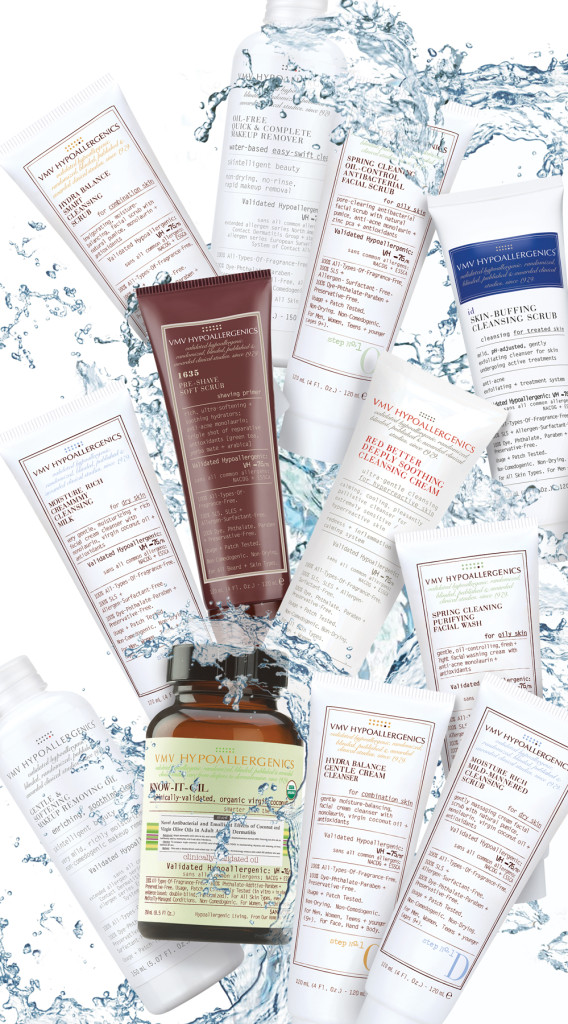
Daily and as needed throughout the day, use oils or moisturizers without allergens, irritants, additives or preservatives, such as virgin coconut oil. Virgin coconut oil has the added benefit of its fatty acids being native to skin — so instead of merely preventing water loss, it helps replace lost lipids.
Take note that the most commonly affected areas are the lower legs, arms, thighs, sides of the abdomen, hands, and face.
6. Your Daily Skin Regimen is a Healthy Habit
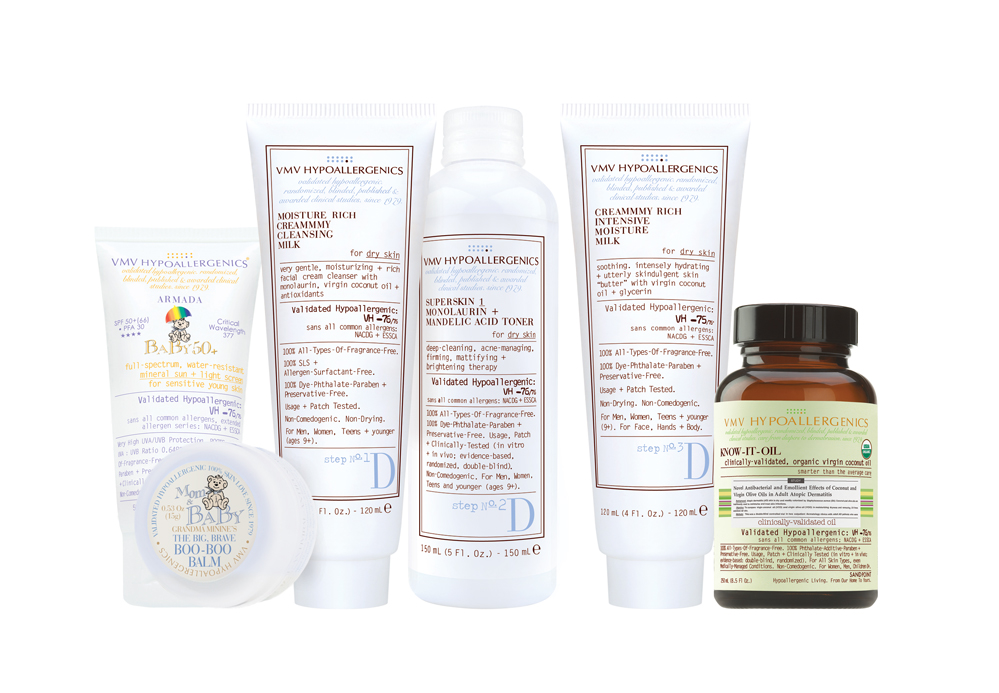
As with your daily workouts and good nutrition, healthy habits are for your fitness and wellbeing…with looking great as an upside. The same goes for your daily skincare regimen. Proper maintenance (gentle cleansing, rich hydration and protection) keeps dry skin at bay which, as we know now, tends to become a self-sustaining vicious cycle.
Use a hydrating (as opposed to a de-greasing) cream cleanser for the face, a non-drying toner (perhaps one with active anti-aging ingredients) or if your skin is already very dry, skip the toner altogether, and an intensive moisturizer. Look for products with no allergens (fragrances, preservatives, dyes, etc.) and other irritants.
Shown here: Moisture Rich Creammmy Cleansing Milk, Superskin 1 Monolaurin + Mandelic Acid Toner, Creammmy Rich Intensive Moisture Milk, Know-It-Oil virgin coconut oil, The Big, Brave Boo-Boo Balm and Armada Baby 50+ mineral sunscreen.
Skin Conditions Needing Extra Care
Certain conditions make some people more prone to having really dry skin year-round.
- Medical problems that may affect metabolic states (such as thyroid diseases or diabetes), or medications such as diuretics that dehydrate the skin.
- Malnourishment from bad diets, drastic weight loss, or erratic or poor nutrition — this leads to a loss of vitamins, minerals, and sulphur needed for the proper production and regeneration of the skin’s barrier layer.
- Elderly people who increasingly have lowered sebaceous gland activity (the skin produces less and less oil).
- Beach worshippers or winter sports athletes can get lots of exposure to the sun during winter: it is very important to use a broad spectrum sunscreen (on skin and lips) to prevent burning which further increases water loss.
Those with highly sensitive skins must be very alert as the skin’s increased dryness and compromised state can make it more prone to irritations, inflammations, and infections. Avoid allergens and irritants (remember, many natural ingredients are allergens) in your hair care, makeup, skin care, and even clothing: dark colors (dyes), formaldehyde resins in the processing of clothing, chemicals used in dry-cleaning, stretch materials, and other materials that are potential irritants or allergens.
If you develop inflammations, infections, or lesions from cracks in the skin, use a gentle broad-spectrum antibiotic with your doctor’s guidance.
If you think any of these apply to you, particularly in the wintertime, you need to pay greater attention to your skin care, be conscientious about following these winter guidelines, and consider getting a patch test from your dermatologist.

